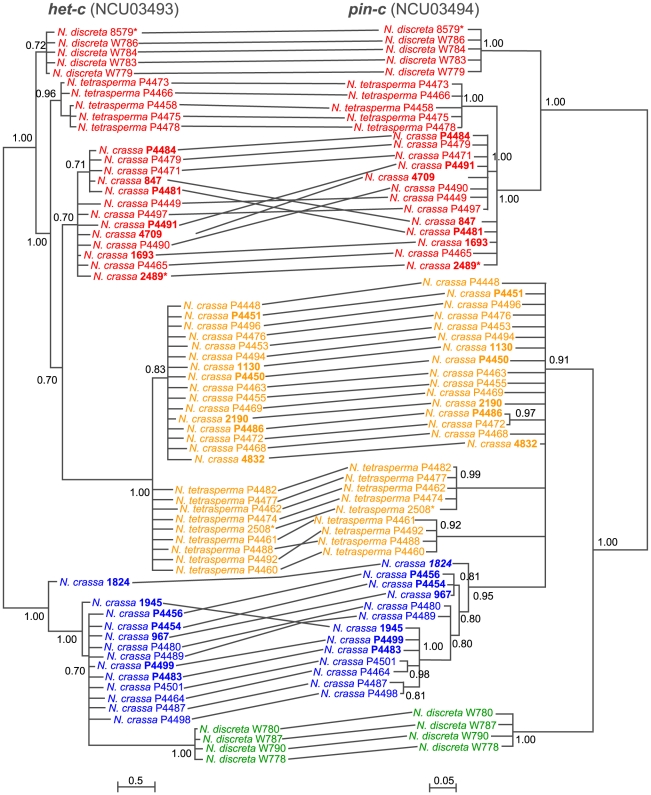Figure 4. het-c (NCU03493) and pin-c (NCU03494) show trans-species polymorphism and are in severe linkage disequilibrium.
Trees are derived from alignments of partial sequences that correspond to allele specificity domains and were derived by Bayesian analysis [91]. Bayesian posterior probabilities are presented at internal branches. For each clade, alleles are in red, yellow, and blue are for het-c1/pin-c1, het-c2/pin-c2 and het-c3/pin-c3, respectively. Neurospora discreta has two haplotypes, one clearly related to het-c1/pin-c1 (red), but the other is ambiguous relative to het-c2/pin-c2 and het-c3/pin-c3. This haplotype is marked by a green color. In all three Neurospora species, het-c and pin-c alleles show severe linkage disequilibrium (i.e. het-c1 is always with pin-c1, het-c2 is always with pin-c2 and het-c3 is always with pin-c3). Lines connecting alleles between the two trees highlight this correspondence. Crossed lines indicate possible intra-allelic recombination events. Taxa in bold indicate that het-c pin-c allelic specificity was confirmed by functional tests (Table S1).

